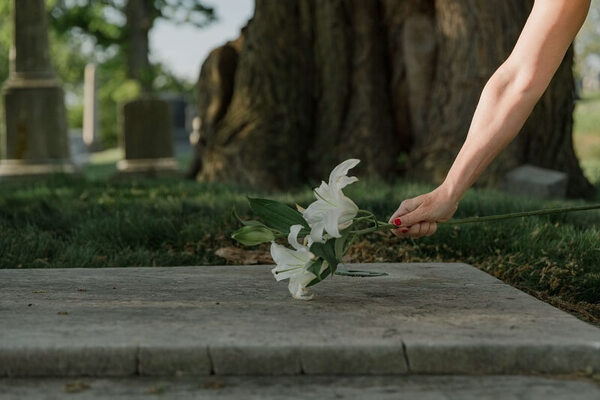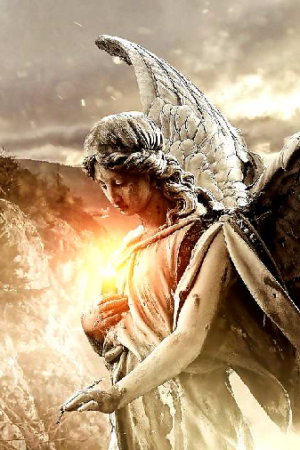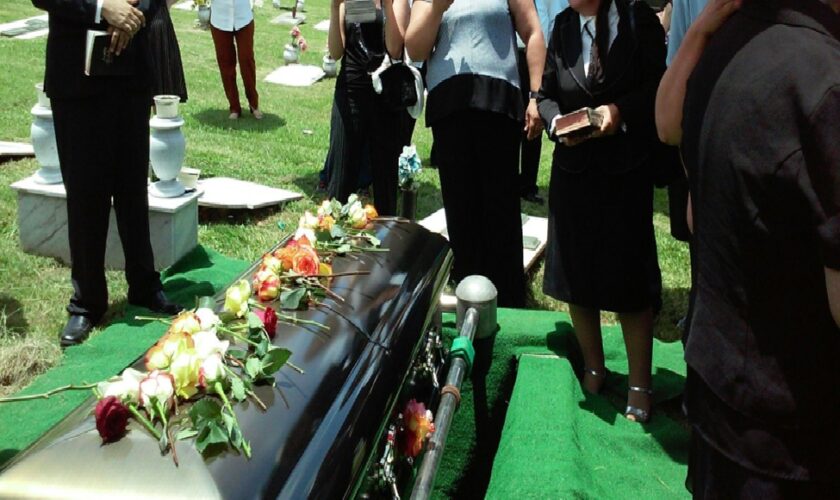When faced with the task of planning a memorial for a loved one, choosing between cremation memorialisation services and traditional grave headstones can be a difficult decision. There are benefits and considerations that cater to different preferences and circumstances.
You can make an informed decision that honors your loved ones memory in the most meaningful way by reading this guide.
Memorialization Options For Cremated Remains
Urns are a traditional and versatile option for holding cremated remains. They are a traditional and versatile option. They come in a variety of materials, including metal, wood, and ceramic, and can be personalized with engravings or designs that reflect the deceased’s personality or interests.
Columbariums are structures with niches designed to hold urns. A permanent resting place in a serene and respectful environment can be found in cemeteries or dedicated memorial gardens.
Scattering Gardens: Many cemeteries and memorial parks offer designated areas where cremated remains can be scattered. These gardens are designed to provide a peaceful and scenic location for scattering ashes, often with memorial plaques or markers to honor the deceased.
The cremation ashes can be incorporated into custom jewelry or artwork for a more personal touch. A tangible reminder of their loved one can be kept by family members.
Grave Headstone Basics

Grave markers are traditional memorials placed at the top of a grave to honor the decedent. The majority of them are made from tough materials like granite, marble, or bronze and can be adorned with inscriptions, symbols, and patterns that reflect the person’s life and legacy.
Different Types Of Grave Markers
Low-profile stones are set flush with the ground. For simpler, more subtle memorials, flat markers are a popular choice.
These are more visible because they stand vertically. Grave headstone can vary in size and shape and offer ample space for inscriptions and decorative elements.
Combining functionality with memorialization, benches can serve as a place for visitors to sit while also honoring the deceased. They can be engraved with personal messages or designs.
Family monuments are often used to honor multiple relatives and can be embellished with intricate patterns and inscriptions. Family monuments are a central place for family history and remembrance.
Key factors To Consider Before Making A Decision
Personal preferences and family traditions are personal preferences and family traditions.
Personal preference and family traditions play a huge role in deciding between cremation and traditional grave markers. The values and wishes of the deceased and their family should be considered.
Cremation and its various memorialization options may be more fitting for some families than the traditional approach of a grave headstone.
Budget and Costs
Cost is a significant factor as well. Cremation services are usually more affordable than traditional burial, which involves expenses such as the cost of the plot, casket, and headstone.
Long-Term Maintenance
The condition of traditional grave headstones requires ongoing maintenance. Cleaning, fixing, and sometimes landscaping around the grave are some of the things this involves.
Conclusion
The final decision between cremation remembrance services and traditional grave markers rests on a variety of variables, including individual preferences, financial resources, ecological considerations, and operational requirements.
When making this decision, it is important to have open discussions with family members and consider the wishes of the deceased when making this decision.












